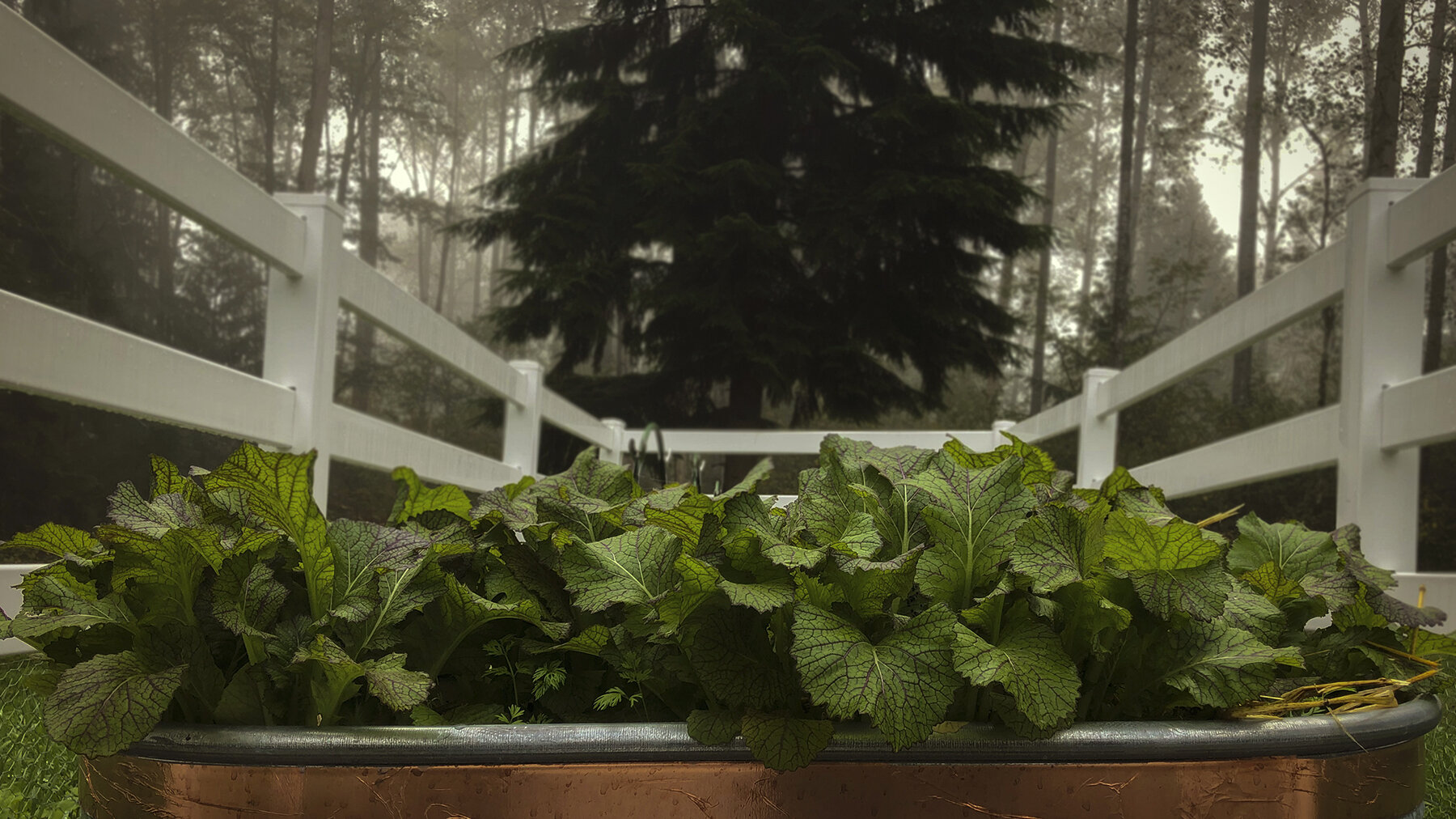When establishing a 15-acre homestead, one essential element to consider is the use of cover crops. These crops play a pivotal role in sustainable agriculture, supporting soil health, reducing erosion, and enhancing biodiversity. For any aspiring homesteader, understanding the benefits and strategies of incorporating cover crops can lead to a more productive and environmentally friendly farming system.

What Are Cover Crops?
Cover crops are plants grown primarily to improve and protect the soil rather than for harvest. They include varieties such as clover, vetch, and rye, which help in nutrient cycling and weed suppression. On a 15-acre homestead, these crops can be integrated into crop rotations to maintain soil fertility and structure.
Benefits of Using Cover Crops
Integrating cover crops into your homestead provides numerous advantages:
Soil Fertility Enhancement
Cover crops such as legumes can fix nitrogen from the atmosphere, enriching the soil with essential nutrients. This process reduces the need for synthetic fertilizers and promotes sustainable farming practices.
Erosion Control
By establishing a dense cover over the soil, these crops prevent erosion and runoff, which is particularly beneficial in areas prone to heavy rainfall. To explore more about erosion control on your homestead, visit our erosion control guide.
Weed Suppression
Cover crops compete with weeds for light, water, and nutrients, effectively suppressing unwanted plant growth. This helps maintain a cleaner and more manageable farming area.
Choosing the Right Cover Crops for Your Homestead
Selecting the appropriate cover crops depends on your 15-acre homestead goals, climate, and soil type. Here are a few options:
Legumes
Legumes such as clover and peas are excellent for nitrogen fixation. They are ideal for enhancing soil fertility, especially in nitrogen-deficient areas.
Grasses
Grasses like rye and oats are great for erosion control and organic matter addition. They grow quickly and establish a strong root system, protecting the soil surface.
Brassicas
Plants like radishes and mustards help break up compacted soil and improve soil structure, making them a versatile choice for many homesteads.
Implementing Cover Crops on Your 15 Acre Homestead
Successful implementation of cover crops requires careful planning and management. Consider these steps:
Planning Your Crop Rotation
Integrate cover crops into your crop rotation schedule. Consider the growth period and the time when the soil needs protection or enrichment.
Seeding and Establishment
Sow cover crops at the right time to ensure they establish well before adverse weather conditions. For tips on planting strategies, you might find our pest management article helpful.
Termination and Residue Management
Once the cover crops have served their purpose, they should be terminated at the right time to maximize their benefits. Their residues can be tilled into the soil to add organic matter.
Overcoming Challenges
While cover crops offer many benefits, there can be challenges. These include potential competition with main crops for resources and the need for additional management. Address these challenges by selecting the right species and managing growth effectively.
Integrating Livestock
On a 15-acre homestead, integrating livestock with cover cropping can enhance sustainability. Grazing livestock on cover crops provides additional nutrients to the soil through manure and helps in the efficient use of land. Learn more about livestock integration in our butchering guide.
Financial Considerations
Investing in cover crops involves some initial costs, but the long-term benefits often outweigh these expenses. Improved soil health leads to better crop yields, reducing the need for costly fertilizers and pesticides. For more financial tips, check our insurance advice.
Learning and Adapting
As with any farming practice, learning and adapting are crucial. Attend workshops, read books, and connect with other homesteaders to share experiences and knowledge. For additional resources, explore the modern homesteading guide.
Conclusion
Incorporating cover crops into your 15-acre homestead is a step towards a more sustainable and productive farming system. By understanding their benefits and implementing them effectively, you can enhance the health of your soil, increase biodiversity, and ultimately, achieve a more resilient agricultural practice.

FAQs
What are the best cover crops for a 15-acre homestead?
Legumes, grasses, and brassicas are among the best choices, depending on your specific soil needs and climate.
How do cover crops improve soil health?
They add nutrients, enhance soil structure, and prevent erosion, leading to healthier and more fertile soil.
Can cover crops be used alongside livestock?
Yes, integrating livestock with cover crops can enhance nutrient cycling and improve land use efficiency.





